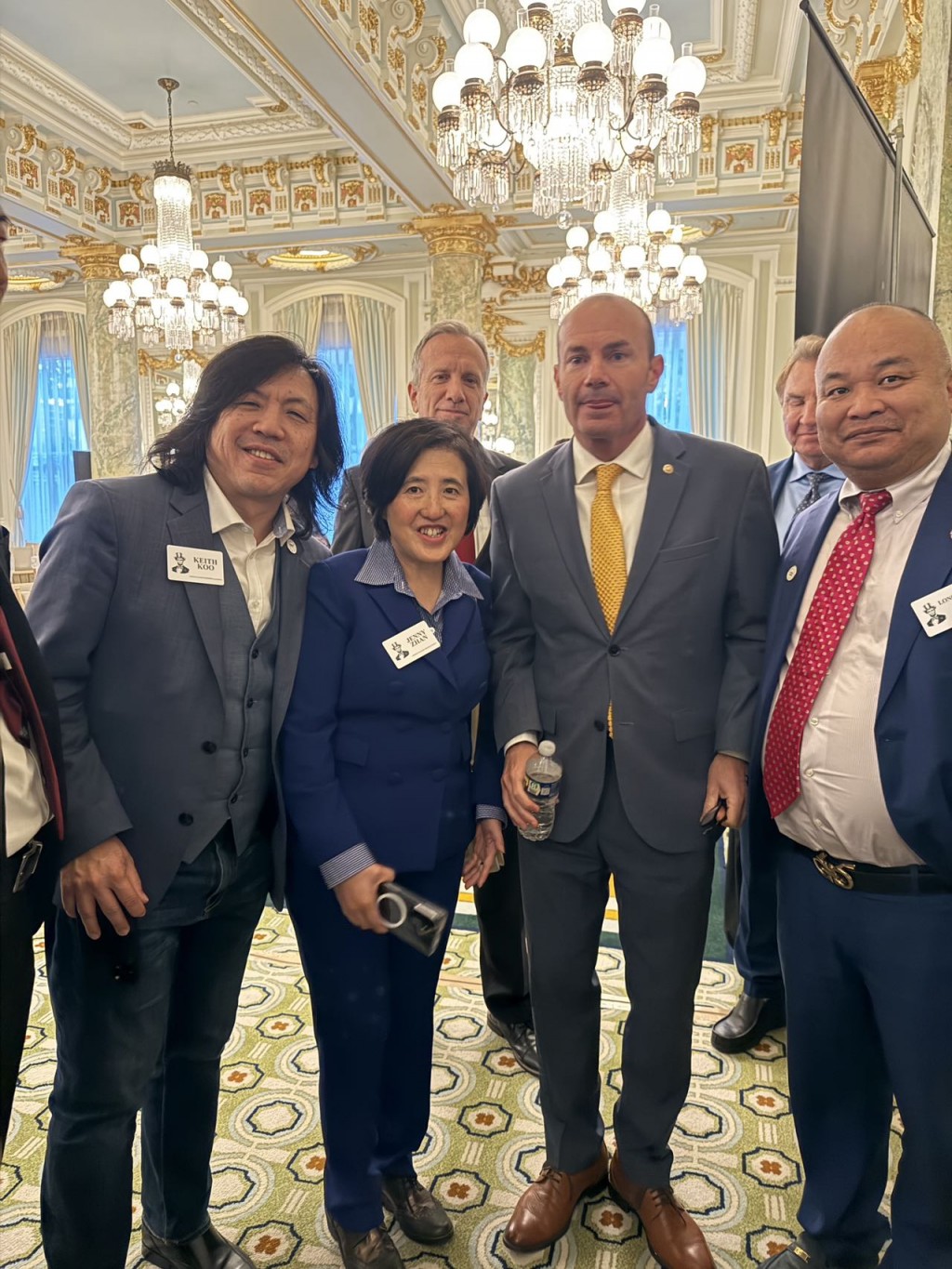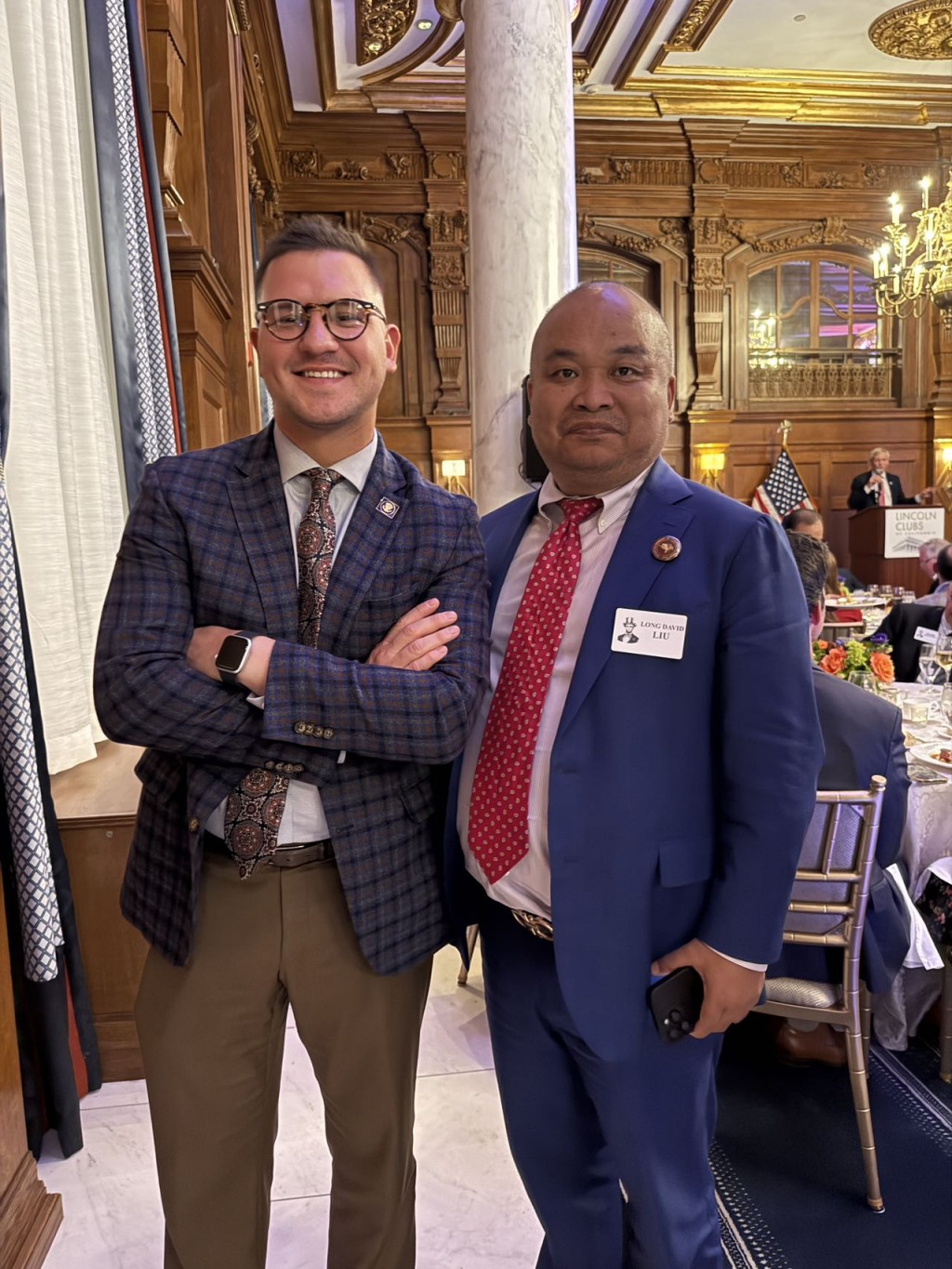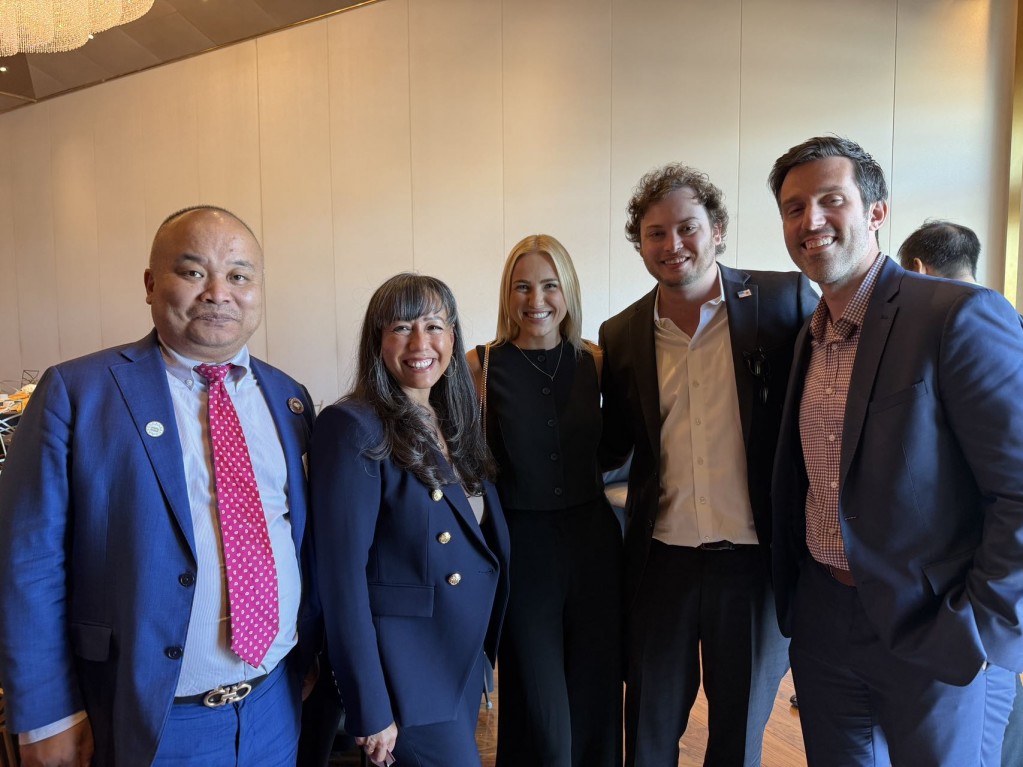- 刘强东心声:太他妈毒!要钱不给居然说我强奸! [2023/09]
- 刘龙珠律师法律评论:章莹颖家人狮子大开口要50万,涉嫌违法,可能坐牢20年! 文/刘龙 [2017/08]
- 校园枪击案每天都有,前加州副州长候选人杨承志有绝招 [2024/05]
- 白人警察杀人罪成立,拜登打电话慰问佛洛伊德家属 [2021/04]
- 劉龍珠律師法律評論:郭文貴的房產照片 [2017/04]
- 刘强东案女主微信聊天记录曝光:床单——东哥的救命稻草? [2018/09]
- 亚特兰大八亚裔女遭屠杀是缘于白男性瘾还是种族歧视? [2023/08]
- 刘强东事件惊天大黑幕 [2021/06]
- 刘龙珠律师法律评论:王宝强、张纪中、张靓颖、何洁的美国房子大对比 [2016/12]
- 刘龙珠律师法律评论:没有结婚证这张纸,张靓颖能分到冯珂的豪宅吗? [2018/04]
- 华人再也不能上哈佛耶鲁了?! [2021/02]
- 飙——美国华女一枪毙命入室歹徒 老公捡回一条命 [2023/08]
- 防老婆像防贼 会死得很惨 [2023/06]
- 滴滴——中国最大的移动妓院 [2023/08]
- 劉龍珠律师提醒: 全美移民检查站在哪里,被拦下来要如何处理 [2017/02]
- 劉龍珠律師:梁案中Glock 19手槍很難走火 [2016/02]
- 劉龍珠律師法律評論:忠言逆耳,挺梁遊行可能害梁彼得、應給非裔受害人捐款 [2016/02]
- “一哭二闹三上吊” 中美皆违法 - 霸座男女 携手去瑞典 [2018/09]
- 孟晚舟会不会被引渡最权威分析 [2021/04]
- 劉龍珠律師法律評論:赴美產婦濫用福利、現在拿不到簽證 [2017/03]
- 如果网传事件记录属实,刘强东罪名会成立吗? [2018/09]
- 龙珠喷天下——开启一条龙服务的白人拜登总统 [2021/01]
- 刘龙珠律师法律评论:卖狗肉,中国罚款5万,美国坐牢40年,玉林狗肉节必须废止! [2018/02]
- 劉龍珠律師法律評論:梁彼得,為了種族和平,你應該主動要求坐牢 [2016/04]
- 劉龍珠律師法律評論:UCLA槍擊案的啟示——憲法第二修正案應廢除 [2016/06]
- 川普和普京又要度蜜月了,如果美国真的跟中国打起来,美国华人何去何从? [2025/02]
America in 2026: Revival Through RealismPART I: THE ECONOMIC REVIVAL
The American economic revival of 2026 did not begin with a new discovery or a sudden
boom. It began with a shift in conviction. After years of uncertainty, Americans rediscovered that
prosperity is not a gift from government but a consequence of discipline, innovation, and faith in
one’s own capacity to produce. The years before this revival were marked by confusion and
dependency. Decades of outsourcing, debt expansion, and ideological hostility toward enterprise
had drained the nation’s confidence. The promise of globalization had withered into dependence
on foreign supply chains and fragile markets. Millions of workers felt as if they were pushed to
The revival began when national leadership returned to the principles of realism and
responsibility. It was not the rhetoric of hope that saved the economy but the deliberate act of
rebuilding what had been neglected. The return of Donald J. Trump to political leadership
symbolized more than a change of administration; it marked the reassertion of a worldview that
equates work with dignity and sovereignty with production. Under the renewed Republican
vision, the American economy was to be rebuilt not through redistribution but through
reindustrialization. The government would no longer apologize for prioritizing its own citizens.
The measure of economic success would not be diversity of slogans or social experiments but the
The new industrial strategy was simple in premise but transformative in effect. For the
first time in decades, federal procurement policy required that the majority of materials,
equipment, and manufacturing for national projects occur within the United States. ThisBy 2026, that trend had finally begun to reverse. The cultural revival of America started
The administration recognized that no economic or legal reform could endure without a
corresponding renewal of moral confidence. The effort to rebuild the American spirit therefore
began in the classroom, where the minds of the next generation were being shaped.
The first reform was educational realism. The restoration of curriculum grounded in fact,
not ideology. Federal and state governments, working in alignment, began to dismantle the
bureaucratic frameworks that had allowed political doctrines to masquerade as scholarship.
Critical theory programs that divided students into oppressors and victims were replaced by civic
studies emphasizing constitutional literacy, economic understanding, and historical context. The
founding documents were reintroduced as living texts, and students were encouraged to read
them not as symbols of privilege but as blueprints of freedom. Teachers were retrained not to
The change was immediate. Students who had once been taught to resent their country
began to see its history as a story of struggle and achievement, not hypocrisy. Lessons in civics
highlighted the moral genius of the American experiment: that liberty and law can coexist, and
that progress is measured by the expansion of opportunity, not by the rewriting of truth. History
was taught with honesty but also with balance. Slavery and injustice were not erased, but they
were placed in proper proportion to the extraordinary efforts that overcame them. The purpose
was not denial but perspective.
Parents, long sidelined by school boards, reclaimed their rightful place in education. The
“Parents’ Bill of Rights,” passed in multiple states, ensured that families had access to curricula,
budgets, and decision-making processes. Schools could no longer hide ideological content
behind administrative jargon. The partnership between home and classroom was restored, and
education regained its moral compass. Teachers found renewed dignity in their work, not as
political agents but as custodians of knowledge. The teaching profession, once demoralized by
controversy, rediscovered its calling.
Patriotism, properly understood, was not about boasting but about belonging. It was the
acknowledgment that one’s citizenship carries both duty and rights. The new cultural mood
emphasized that gratitude is not a sign of submission and humility is not a weakness. The
rhetoric of self-loathing that had dominated universities and media gradually lost its moral
appeal. Young Americans, worried of cynicism, began to embrace a new sense of mission. They
wanted to build, to contribute, and not complain. The nation’s moral psychology began to
change.
The private sector followed this cultural shift. Corporate leaders who had once rushed to
display ideological credentials found that public patience for political theater had run out.
Shareholders demanded results, not virtue signaling. Companies refocused on excellence,
innovation, and responsibility to their employees. Diversity programs that had devolved into
ideological quotas were replaced by merit-based systems emphasizing equal opportunity and
professionalism. The cultural climate within institutions shifted from one of fear to one of
fairness. Employees no longer needed to censor their beliefs to keep their jobs, and workplaces
This cultural shift was reinforced by technology. Social media, once a tool of
manipulation and censorship, began to evolve into a platform for authenticity. The fall of several
major legacy networks opened the space for a wave of independent journalism and commentary.
Americans began to seek truth directly rather than passively absorbing curated outrage. Podcasts,
citizen reporters, and decentralized media networks became the new public square. The result
was not chaos but diversity of thought. The monopoly of narrative had been broken. The cultural
consequence was profound: Americans no longer feared disagreement. Civil discourse, long
exiled from the mainstream, returned as a form of strength.
Faith also reemerged as a pillar of cultural stability. Churches that had seen their pews
empty during years of secularization began to fill again. Religious life was not imposed but
rediscovered. In a time of confusion, people sought moral anchors. Pastors, rabbis, imams, and
monks began to speak not as political actors but as moral teachers. The revival was ecumenical
and deeply American in character. It did not seek uniformity but integrity. People realized that
moral freedom without moral foundation leads only to despair. Families prayed together again.
Communities rebuilt bonds around shared belief rather than partisan identity. Faith and
patriotism, twin engines of American character, once again found their rightful place in public
The transformation of 2026 was therefore not a revolution but a restoration. It was the
reawakening of old truths in a generation that had nearly forgotten them. It was a quiet rebellion
against cynicism and despair. It reminded Americans that culture is not merely entertainment but
education of the soul. The moral health of a nation cannot be legislated, but it can be inspired.
And inspiration, in this era, came from realism, which is the simple fact that the recognition that
truth, not theory, sustains freedom.
By the end of 2026, national surveys reflected this transformation. Pride in being
American reached its highest point in twenty years. Trust in local institutions rose dramatically.
Civic participation increased, with record volunteerism and voter turnout in local elections.
Americans were not waiting for Washington to define their identity. They were defining it
themselves, through daily acts of responsibility and faith. The cultural fabric that had been torn
The reawakening of cultural confidence in 2026 proved that nations do not rise through
wealth alone. They rise when their citizens remember who they are and why they exist. The
lesson of that year was unmistakable: when truth is spoken without fear, when history is taught
with honesty, and when faith and patriotism are treated not as relics but as responsibilities, a
nation can recover its soul. America’s greatness, once doubted even by its own people, was not
restored by force or decree. It was restored by belief. The belief that freedom, properly
PART IV: IMMIGRATION REFORM
No subject tests the moral clarity and practical will of a nation more than immigration. It
sits at the intersection of law, economy, identity, and compassion. For decades, the United States
had failed to treat immigration as a question of sovereignty, choosing instead to drift between
permissiveness and paralysis. Politicians from both parties had mastered the rhetoric of
“comprehensive reform” while avoiding the courage to act. The result was a crisis not only of
policy but of principle. Borders became porous, enforcement inconsistent, and the meaning of
By 2026, that era of confusion is about to come to an end. The revival of immigration
policy under renewed Republican leadership began with a simple assertion of truth: compassion
is impossible without control. A society that cannot determine who enters its territory cannot
claim to protect its people. The reform that followed was therefore both moral and practical. It
was a deliberate effort to restore integrity to the immigration system while reaffirming America’s
historic openness to those who come legally, work honestly, and share its values.
The transformation began at the border itself. The physical barrier that had once been
ridiculed as symbolic was finally completed along key stretches of the southern frontier. But the
true change was not architectural; it was administrative. Technology, coordination, and
enforcement replaced improvisation and rhetoric. Biometric entry systems were fully integrated
with national security databases. Border patrol agents, long demoralized by inconsistent orders,
received clear authority and unambiguous rules of engagement. Cross-agency cooperation
between the Department of Homeland Security, Customs and Border Protection, and local
sheriffs eliminated redundancy and restored accountability. What had once been chaos became
order.
The results were immediate. Illegal crossings declined dramatically, and human
trafficking networks that had flourished under previous neglect began to collapse. Migrants who
might once have risked their lives on dangerous journeys realized that the era of open borders
was over. For the first time in years, border enforcement was not a political talking point but a
functioning system. The message was unmistakable: America would welcome the lawful and
deter the unlawful. Law and mercy were no longer in conflict because both were grounded in
reality.
But the reform went beyond the frontier. The deeper renewal occurred in how the nation
understood immigration itself. For too long, debate had been trapped between two extremes,
mass amnesty and mass deportation, but neither of which addressed the realities of the issue. The
new framework introduced under the Republican-led Congress of 2025 rejected both false
choices. It combined enforcement with fairness, legality with humanity. The guiding philosophy
was that immigration should serve the interests of the nation, not the agendas of politicians.
Legal immigration was streamlined to prioritize merit, security, and cultural
compatibility. The system was reoriented toward skills that strengthened American
competitiveness and supported the domestic workforce. The “Merit and Integrity Visa Program,”
enacted in early 2025, established a transparent points-based process that rewarded applicants
with proven work experience, English proficiency, and clean records. Family-based categories
were preserved but balanced by economic criteria to prevent abuse. Waiting times for qualified
applicants were reduced through administrative modernization. By eliminating bureaucratic
inefficiency, the new system made it easier to come legally and far harder to stay illegally.
The reform also addressed the exploitation inherent in illegal labor markets. For years,
corporations had profited from cheap, undocumented labor while citizens bore the social and
fiscal costs. Under the new enforcement model, employer accountability became the cornerstone.
Companies that knowingly hired unauthorized workers faced severe financial penalties and
public disclosure. The E-Verify system, once optional, became mandatory nationwide, backed by
real-time verification technology that left little room for fraud. This shift closed the economic
incentive for illegal entry and restored fairness to the American worker. It reminded the country
that compassion for outsiders must never come at the expense of justice for citizens.
A humane but firm approach was also taken toward those already in the country without
status. Blanket amnesties were rejected as moral evasions that reward illegality and encourage
more of it. Instead, case-by-case regularization was introduced for individuals who demonstrated
long-term residence, clean criminal records, and sustained employment. Those seeking to
normalize their status were required to pay back taxes, submit to background checks, and
complete civic education programs emphasizing constitutional values and the English language.
This policy balanced mercy with merit. It recognized effort while reaffirming law. No one was
granted automatic citizenship; it had to be earned through obedience, contribution, and loyalty.
The asylum process, long abused as a loophole for illegal migration, was also reformed.
Under the new system, claims were adjudicated within ninety days by specialized panels
combining legal, security, and humanitarian expertise. Fraudulent applications were swiftly
denied, and legitimate refugees were integrated through structured resettlement programs tied to
community sponsorship. This reform restored the original spirit of asylum, which was the
protection for the persecuted, not an alternative immigration route for the opportunistic. The
United States remained the world’s most generous haven, but generosity was guided by
discernment rather than deception.
The political consequences of these reforms were striking. Critics predicted unrest and
backlash, yet the opposite occurred. Communities along the southern border reported declining
crime, reduced strain on local hospitals and schools, and renewed trust in government. Legal
immigrants, long frustrated by the system’s favoritism toward illegality, became some of the
strongest supporters of the new order. Many testified that the enforcement of law was not
xenophobia but respect for those who had followed the rules and made sacrifices to do things the
right way. The immigrant community itself began to divide between those who believed in
assimilation and those who preferred grievance. The former prevailed. The American ideal of
melting into unity regained moral legitimacy.
Assimilation once again became a national expectation, not an optional sentiment. The
reform introduced a revived naturalization program that emphasized cultural literacy and civic
virtue. New citizens took oaths in ceremonies that highlighted duty as much as privilege. They
studied the Constitution, learned the nation’s history, and understood the moral meaning of
liberty. Citizenship was no longer treated as a transactional benefit but as a covenant. America’s
diversity became meaningful again because it was anchored in shared belief rather than abstract
tolerance.
Equally transformative was the renewed dialogue between immigration and national
identity. The cultural revival of 2026 coincided with an intellectual movement that sought to
reconcile openness with order. Scholars, faith leaders, and community advocates began to
articulate a new language of belonging. They emphasized that immigration must enrich rather
than dilute the moral foundation of the country. The goal was not to close America to the world
but to reopen it with purpose. The immigrant who respects law and embraces responsibility was
not a threat but an ally. But the system that permits chaos and rewards evasion was neither
compassionate nor sustainable.
This philosophy resonated deeply with the immigrant communities themselves. Asian
American, Hispanic, and Eastern European families , many of whom had come through hardship,
spoke publicly in defense of enforcement. They understood that lawlessness anywhere
undermines legitimacy everywhere. They reminded their fellow citizens that America’s strength
lies in its ability to transform outsiders into insiders through shared discipline and aspiration. The
children of immigrants, standing on the foundation of their parents’ sacrifice, began to articulate
a conservative realism rooted in gratitude. Their message was clear: the right to enter this nation
must never outweigh the duty to honor it.
By the end of 2026, illegal border crossings had dropped to their lowest level in twenty
years. The asylum backlog had been cut by two-thirds. Employment of unauthorized workers
declined sharply. Legal immigration rose modestly, but its composition changed due to more
skilled, more lawful, and more aligned with the national interest. The sense of chaos that had
long haunted the system was replaced by predictability. For the first time in a generation,
Americans believed their government could enforce its own laws with fairness and humanity.
The moral lesson of immigration reform in 2026 extended beyond policy. It reaffirmed
the definition of a nation itself. Borders, properly understood, are not barriers of hatred but
expressions of care. A family locks its doors not to reject the world but to preserve the home. By
restoring that principle, America rediscovered the moral balance between openness and order. It
proved that realism, when guided by faith and compassion, produces the most humane outcomes
of all.
The revival of immigration policy demonstrated that discipline is the highest form of
mercy. The country that demands respect from those who enter it is also the one most capable of
giving opportunity once they belong. America had not turned its back on the world; it had stood
up for itself. And in doing so, it had reclaimed not only its borders but its soul.
PART V: REFLECTION ON AMERICA’S GROWTH
The America of 2026 stands as living proof that truth, not theory, sustains a nation. When
I look across this country’s reawakened industries, its safer streets, its prouder schools, its
stronger borders, and its respected place in the world, I see the fulfillment of something long
promised and too often forgotten: that greatness is not a condition granted by history, but a
discipline renewed by every generation that refuses to lie to itself. The revival of these years was
not accidental. It was earned through realism, the only philosophy strong enough to reconcile
compassion with order, freedom with duty, and power with conscience.
For decades, America had suffered from a disease of abstraction. The elites who shaped
policy and opinion learned to mistake words for deeds, emotion for ethics, and image for reality.
They believed that progress could be legislated without effort, that wealth could be distributed
without production, and that equality could be achieved without excellence. The moral
vocabulary of the nation was hijacked by those who confused indulgence with kindness and
denial with hope. What emerged was not progress but a society increasingly disconnected from
the moral laws that made it possible.
Realism broke that spell. It restored honesty to national life. It forced America to confront
the world as it is, not as it was imagined to be in the seminar rooms of utopians. Realism does
not mean cynicism. It means respect for facts, for consequences, for the stubborn truths of human
nature. A realist knows that prosperity comes from work, not from wishful thinking; that peace
arises from strength, not sentiment; and that freedom survives only when it is defended by
character. Realism is compassion disciplined by truth. It is the virtue of adults living in a world
that demands courage.
This cultural and political reawakening proved that moral clarity is not an obstacle to
progress but its precondition. The revival of 2026 showed that national healing does not begin
with new programs but with renewed honesty. It begins when a people decide to see clearly. The
rediscovery of this truth transformed not only policy but psychology. Americans remembered
that their fate was not written by institutions but by individuals. Every citizen who went to work,
who taught with integrity, who obeyed the law, who raised a family, who spoke truth against
convenience became a participant in the revival of the republic.
I have spent my career in law, a profession that lives at the intersection of truth and
power. The courtroom teaches a simple lesson: facts are stubborn things, and justice cannot exist
when facts are ignored. The same is true for nations. When ideology replaces evidence, when
politics replaces principle, justice collapses. America’s revival came when it rediscovered that
truth is not subjective, that law is not negotiable, and that freedom requires restraint. The realism
that now defines our political and moral culture is therefore not merely pragmatic; it is sacred. It
restores faith in cause and effect, in right and wrong, in the idea that reality itself has a moral
dimension.
The revival of 2026 also reaffirmed the sacred balance between liberty and order. For too
long, Americans had been told that freedom meant the absence of limits. We learned through
bitter experience that such thinking leads not to liberation but to chaos. True liberty is not the
right to do whatever one pleases; it is the power to do what is right without fear. Realism
reestablished that principle in law, in economics, and in civic life. When police were supported,
law-abiding citizens became freer. When borders were enforced, legal immigrants thrived. When
markets were liberated from overregulation, entrepreneurs created new wealth. In each case,
At its heart, the American revival was a moral correction. It was the triumph of gratitude
over grievance, of creation over complaint. The people who rebuilt this nation did not wait for
permission. They did not need slogans or speeches to inspire them. They simply returned to the
ancient virtues that had always made America strong: work, faith, family, and honesty. They
rejected the cynicism of decline and rediscovered the courage of endurance. They proved that



















